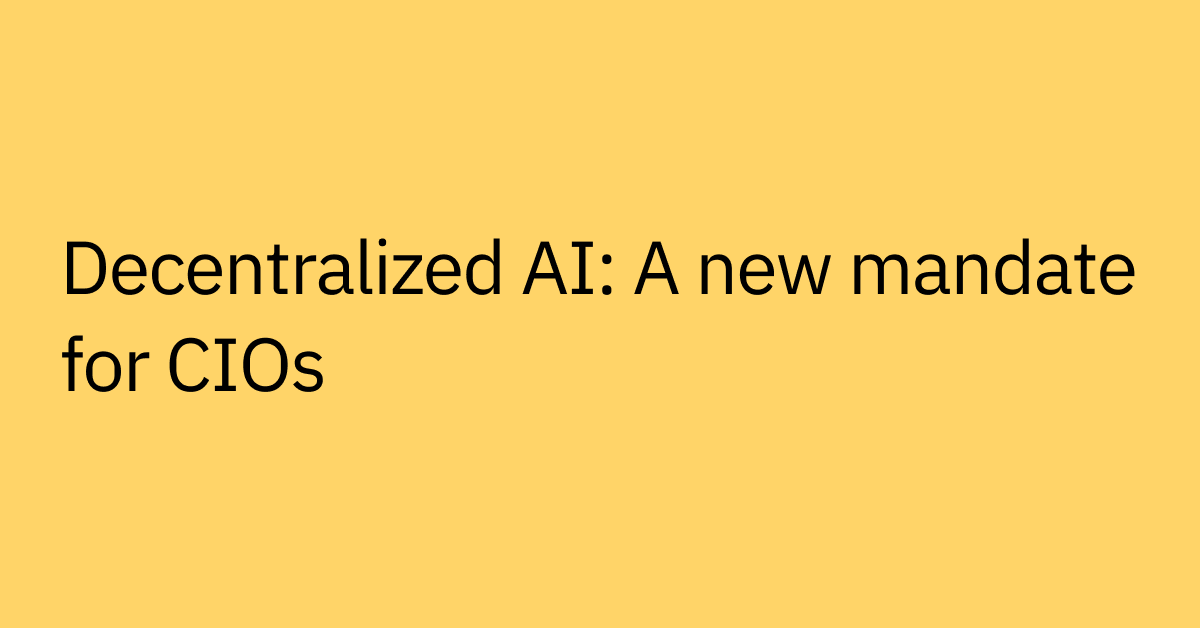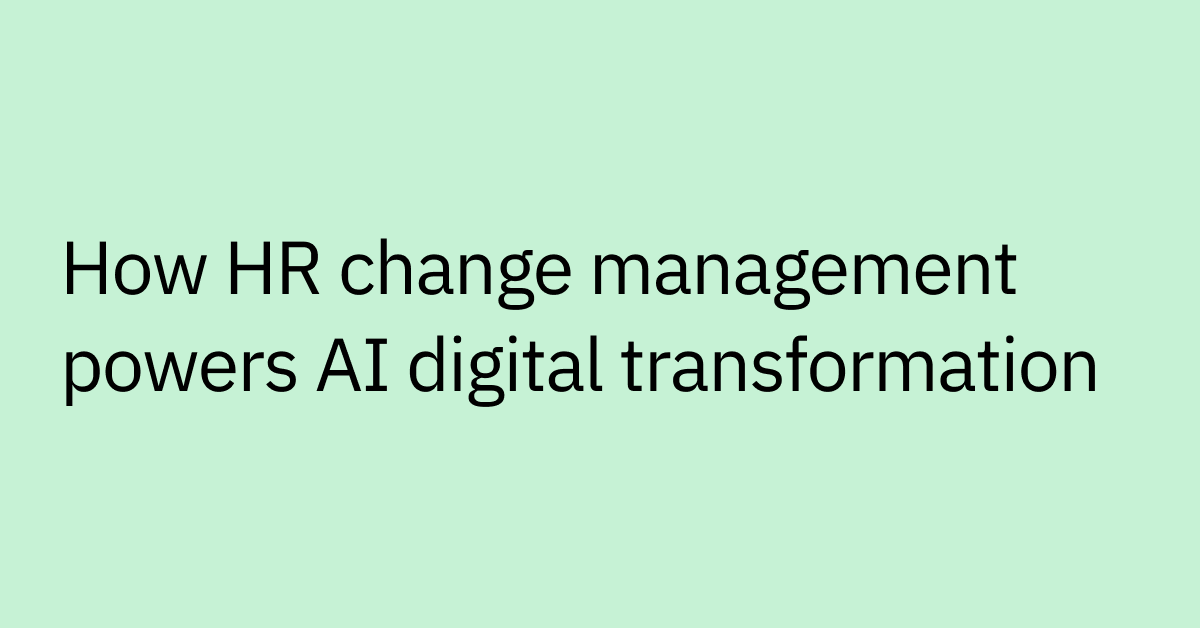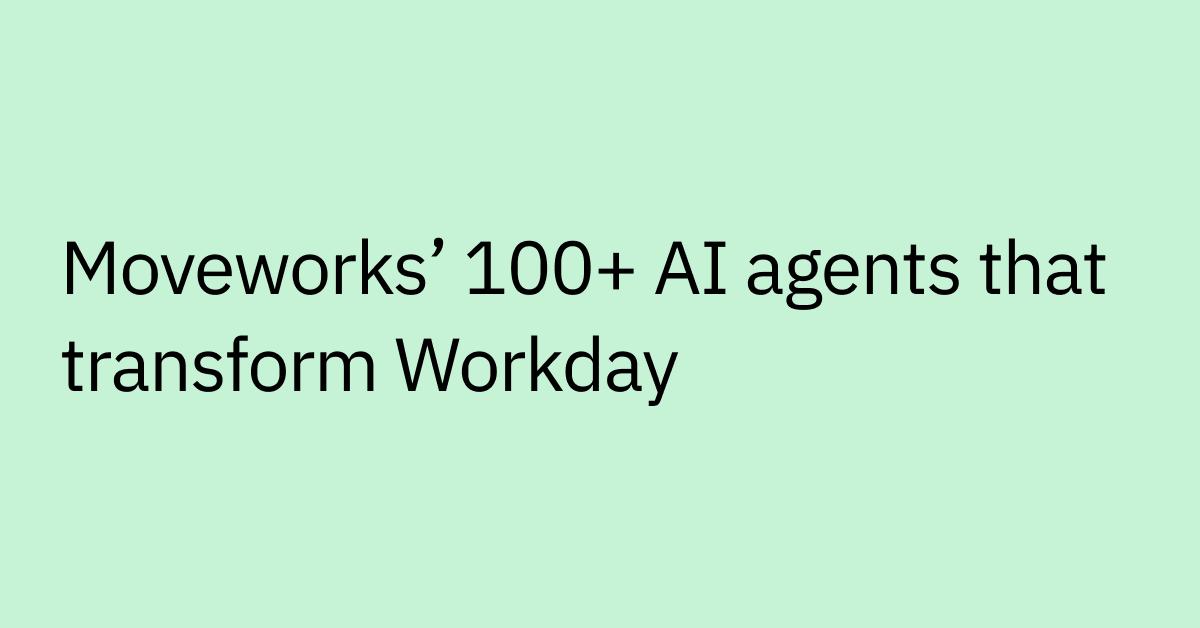Table of contents
Highlights
- Digital transformation solutions are AI-powered tools and platforms that modernize operations, unify systems, and enhance employee experiences.
- These technologies range from intelligent automation and conversational AI assistants to predictive analytics and data intelligence platforms.
- AI accelerates transformation by automating repetitive tasks, surfacing real-time insights, and powering agentic automation across systems.
- Implementation success requires stakeholder alignment, strong integration frameworks, and measurable KPIs tied to business outcomes.
- Moveworks acts as the intelligent agentic AI layer that automates workflows, improves self-service, and accelerates enterprise-wide transformation.
It’s Monday morning. You walk into the office (or log in remotely) and already feel the weight of outdated infrastructure.
Your IT team is drowning in support tickets—password resets, access requests, software provisioning — all piling up faster than they can be resolved.
To make matters worse, your company's biggest competitor just announced they've slashed operational costs by 40% through "digital transformation" — something nearly 90% of organizations are already pursuing in some form and that is resulting in measurable improvements in efficiency, growth, and employee satisfaction.
You're under pressure to catch up. But where do you even start?
Do you tackle the legacy systems creating bottlenecks? Or the repetitive tasks your team handles manually every day? Even when you have a clear scope for your transformation, how can you drive employee adoption, leadership alignment – and ongoing measureable results?
We'll discuss how to make this possible for you – sharing the benefits of different transformation solutions, approaches, and how to champion digital change across your organization.
What are digital transformation solutions?
A digital transformation solution is a platform, system, or app — often powered by AI or automation — that helps organizations modernize their technology, operations, and workflows to meet changing business demands.
These solutions improve efficiency, accelerate workflows, unify fragmented systems, and lay the foundation for long-term transformation across the enterprise.
More than just efficiency boosters, digital transformation solutions act as strategic enablers — helping companies adapt to change, improve the employee experience, and drive scalable growth across internal operations.
The most impactful solutions support multiple departments — like IT, HR, finance, and operations — by combining foundational technologies such as ERP and identity platforms with emerging capabilities like AI and intelligent automation.
In short, these solutions form the bridge between where your organization is today and where it needs to go next.
Discover how you can transform enterprise workflows with AI-powered automation.
Digital transformation solutions vs. services
Digital transformation services typically refer to consulting and implementation support that helps organizations plan and execute their transformation strategy. These services often include strategic guidance, change management, and technical expertise during rollout.
However, services are usually limited in scope and duration. They can also create ongoing dependency on third-party experts — and may not address the day-to-day operational challenges your teams face after implementation.
Digital transformation solutions, on the other hand, are the technologies that power continuous improvements.
These tools — often scalable and AI-powered — deliver long-term value by automating workflows, unifying systems, and increasing operational agility across departments.
When to prioritize solutions over services:
- You need scalable tools to address specific operational bottlenecks.
- You want fast, measurable improvements in efficiency and productivity.
- Your goal is long-term agility, not just upfront strategy.
Choosing the right solutions helps ensure your organization can scale, adapt, and stay aligned with business goals — well beyond the initial rollout.
AI is reshaping digital transformation strategies
Artificial intelligence has become a major driver of enterprise transformation — accelerating advancements in areas like predictive analytics, automation, and intelligent decision-making with minimal human intervention.
As AI innovation moves rapidly across industries — from healthcare and finance to ecommerce and manufacturing — organizations face growing pressure to modernize their operations and scale faster. Those that embrace AI-powered solutions are seeing significant gains in speed, accuracy, adaptability, and employee productivity.
AI enhances digital transformation by fundamentally reshaping how work gets done:
- Automates routine tasks
Reduces manual effort and frees employees to focus on high-value, strategic activities better suited to human creativity and judgment
- Enhances data-driven decisions
Surfaces real-time insights and predictions to inform smarter, faster choices
- Drives innovation
Identifies new opportunities and optimizes processes across departments, fostering agility in an ever-changing market
Digital transformation focuses on making operations more efficient.
AI transformation takes it a step further by enabling AI agents and agentic automation: systems that don’t just respond to prompts, but actively reason, plan, and take action across business tools to achieve outcomes on your behalf.
Types of digital transformation solutions
To choose the right digital tool, you’ll need to evaluate your organization's specific needs, key use cases, scalability requirements, integration capabilities, and potential return on investment.
The most impactful solutions typically fall into these primary categories:
Intelligent automation and workflow orchestration tools
AI-powered automation tools streamline operations and complex processes by integrating various systems into cross-functional workflows. They use technologies like robotic process automation (RPA) — for task-level automation — and workflow orchestration engines to reduce manual handoffs and human error.
These tools are great at handling structured, repeatable processes like employee onboarding, procurement workflows, and access provisioning. By automating these foundational activities, organizations can free up employee capacity for higher-value work that requires more creativity and strategic thinking.
For example, an intelligent automation tool might automatically provision software access for new employees based on their role, department, and security clearance — coordinating across HR systems, IT infrastructure, identity management platforms, and compliance databases without manual intervention.
Conversational AI assistants
AI assistants can integrate with enterprise systems to act as smart interfaces for everyday tasks and support requests. These solutions help improve engagement by enabling efficient employee service and task management.
Unlike traditional rule-based chatbots (which rely on rigid scripts and decision trees), advanced conversational AI assistants — like Moveworks AI Assistant — surface answers from multiple knowledge sources and help resolve common issues automatically.
Cloud collaboration and digital experience platforms
Cloud-based platforms connect remote and hybrid teams by centralizing digital workflows in a unified environment. These solutions can help break down silos and enhance collaboration through integrated communication and content-sharing systems.
AI-powered features within these platforms enhance productivity and inclusivity by offering real-time multilingual support, context-aware content recommendations, and automated meeting summaries. This helps ensure all team members can access the same resources — regardless of location, language, or role.
Collaboration platforms integrate seamlessly with existing enterprise applications and ecosystems, creating a flexible digital workspace that adapts to how teams already work — instead of forcing them to adapt to new, rigid tools.
Data intelligence and predictive insights platforms
These platforms use machine learning (ML) to transform raw data into predictive, actionable insights — enabling proactive planning and smarter resource allocation.
Real-time analytics help organizations make informed decisions, personalize internal experiences, and respond to shifting employee or operational needs.
Advanced data intelligence tools analyze internal support interactions, usage patterns, and workflow data to identify friction, predict issues, and recommend actions. This helps organizations address challenges before they escalate.
Where a digital transformation solution fits in your strategy
Before evaluating specific tools, clarify what’s driving your digital transformation initiative. Are you trying to improve employee experience? Increase organizational agility? Break down departmental silos? Maybe it's a combination of all of the above.
Your strategic goals — not individual technologies — should drive your transformation roadmap. The right solutions should accelerate these goals, not dictate them.
Start by identifying recurring pain points where manual processes, disconnected systems, or legacy tools create friction and slow progress.
These high-friction areas — like IT ticket volume, inconsistent onboarding, or poor self-service options — are often the best opportunities for automation and AI-powered transformation.
Key considerations for successful implementation:
- Align stakeholders early: Get buy-in from department leaders who will be most affected by the changes.
- Assess integration and data requirements: Ensure new solutions work seamlessly with your existing technology stack and meet enterprise data governance standards.
- Prioritize change management: Clearly communicate the purpose behind the change, provide training, and assign champions to support adoption across the organization.
- Define success metrics: Set clear, measurable KPIs — like time-to-resolution, employee satisfaction, or automation rate — to track business impact and adoption.
- Account for governance and security: Ensure new tools follow your organization’s standards for compliance, access control, and data protection.
Digital transformation success goes beyond deploying new technology.
Like any meaningful organizational shift, it requires equal investment in people, processes, and adoption planning. The human side of change is often the hardest — and most important — to get right.
Champion AI digital transformation in your enterprise
Integrating the right AI technologies is key to unlocking the next stage of enterprise transformation — and AI assistants are one of the most practical, accessible entry points.
These tools help organizations move beyond one-off automation and toward scalable, system-wide change.
Moveworks supports this transformation by addressing critical internal challenges that often slow down productivity and service delivery:
- Improve employee experience: Deliver instant, personalized support across IT, HR, and more — reducing friction and frustration.
- Drive efficiency at scale: Automate repetitive, time-consuming processes to reduce bottlenecks and costs.
- Enable employee self-service: Empower employees to resolve issues on their own — without waiting in support queues.
- Increase productivity: Free up internal capacity by offloading routine tasks to AI — so your teams can focus on strategic work that drives business growth.
Moveworks acts as the intelligent AI layer across your existing tech stack — that helps surface answers, resolve routine tickets, and trigger workflows inside tools employees already use.
If you're considering hands-on support for every stage of your transformation journey, Moveworks Professional Services offers it. From implementation to ongoing optimization, our experts guide your team through each step to help you get the most out of the Moveworks Platform.
This approach helps organizations see value fast — shortening implementation timelines and building momentum for future transformation initiatives.
Discover how Moveworks AI Assistant platform helps drive rapid employee adoption and transform faster with intelligent automation.



